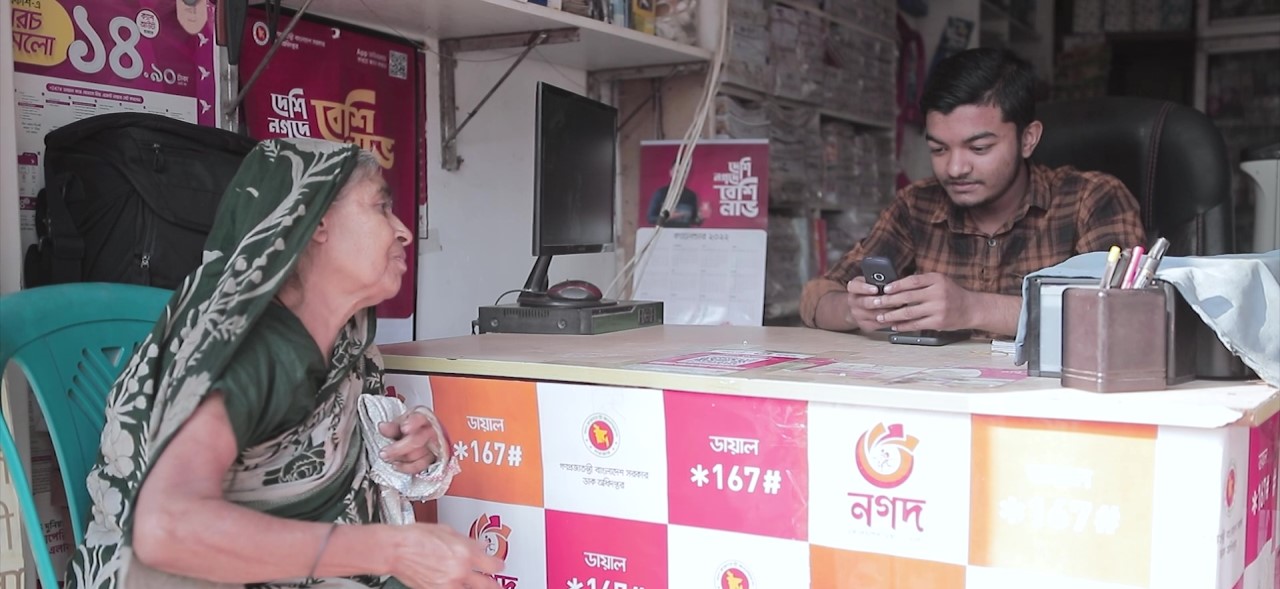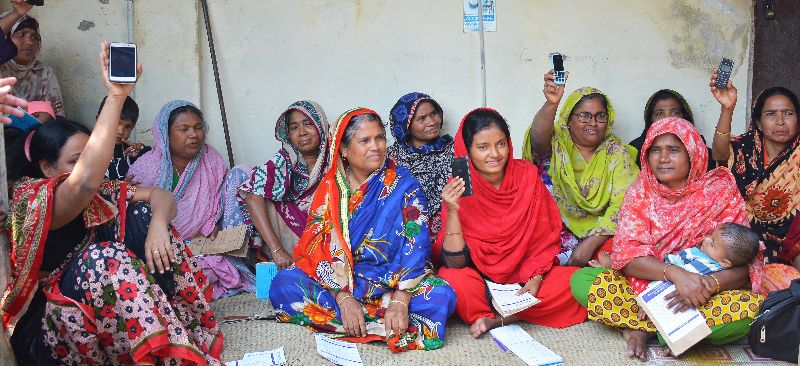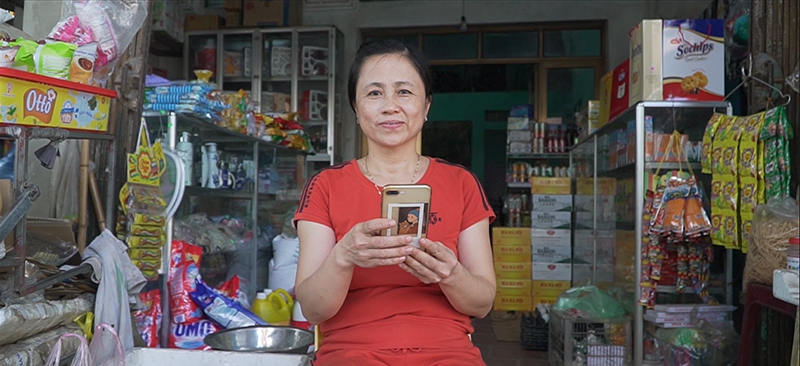Tag: Mobile Financial Services
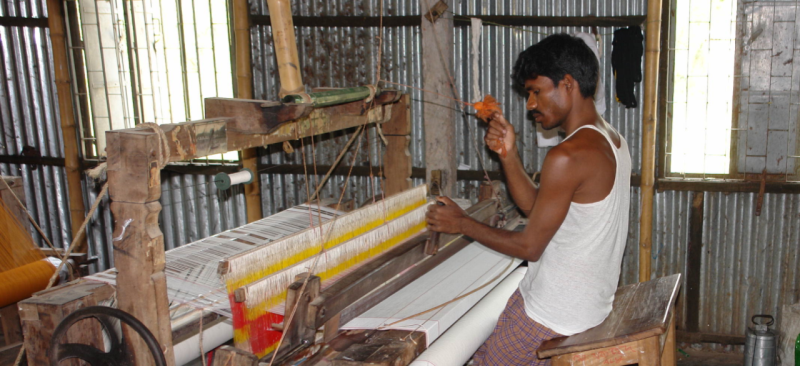
Samveet Sahoo, Anik Muntasir Chowdhury and M.K.M. Wahid Uddin Robin
Weaving a financial security net for Bangladesh’s garment workers
The readymade garments (RMG) industry has been a boon to Bangladesh’s economy by earning more...
Feb 2, 2022
Journey of Social Safety Net (SSN) beneficiaries during the COVID-19...
During the pandemic period in 2020, many Social Safety Net (SSN) beneficiaries were worried about...
Feb 1, 2022
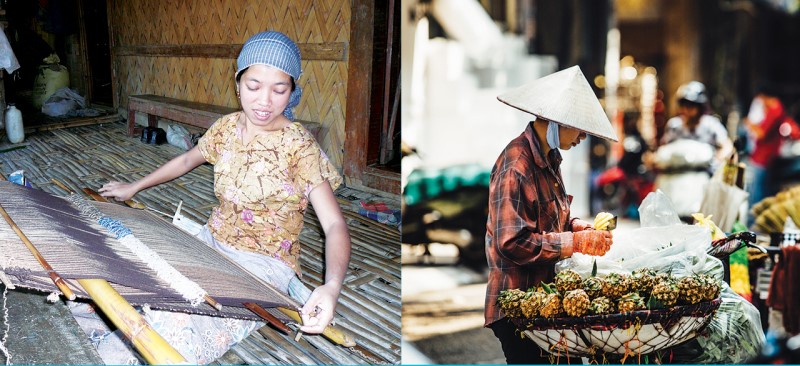
Sunil Bhat, Samveet Sahoo and Akshat Pathak
Different yet similar—the behavioral biases of low- and moderate-income segments...
“We see the potential volume, but do we design profitable products for low-and moderate-income (LMI)...
Jan 27, 2022
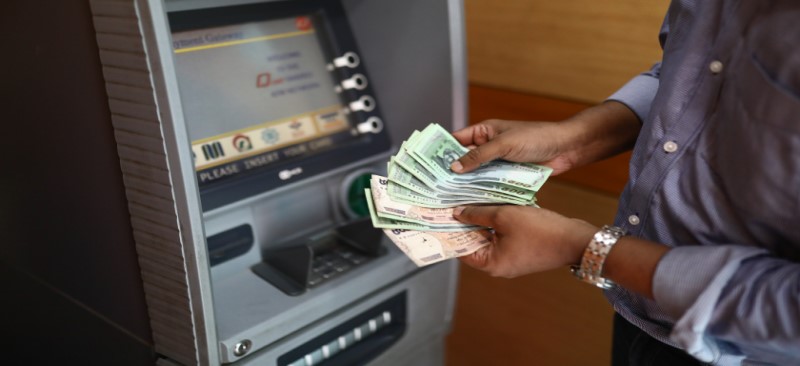
Anik Muntasir Chowdhury, Samveet Sahoo and Sunil Bhat
Credit for low- and moderate-income people in Bangladesh—can new-age banks...
The waves of digitization and technological advancements have led to the opening of MFS accounts...
Jan 24, 2022
